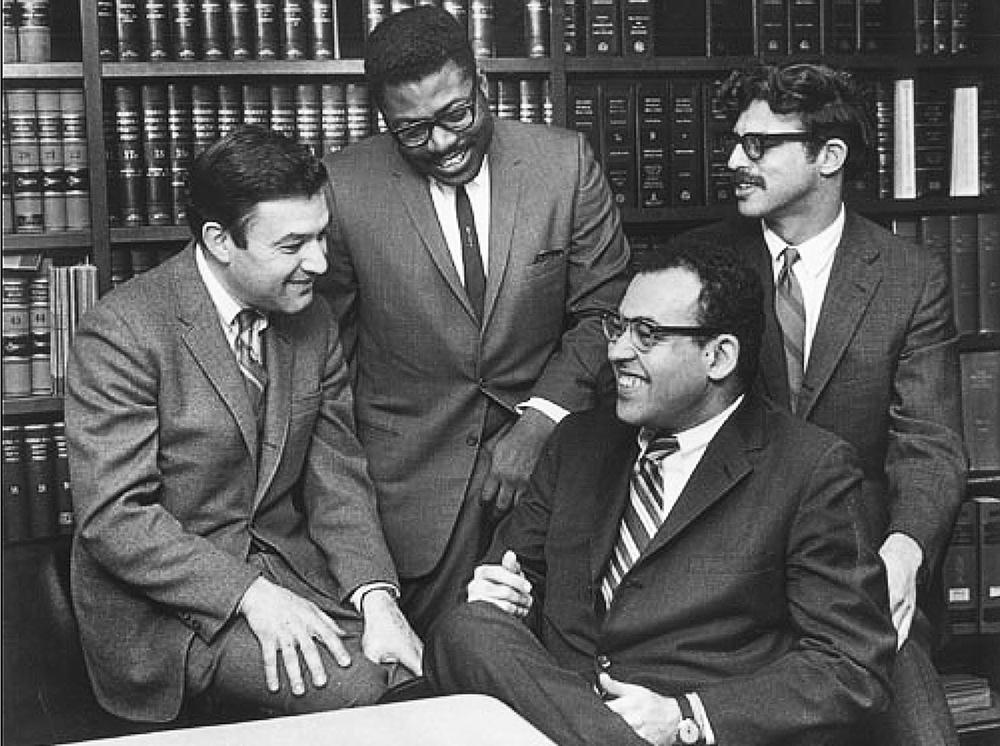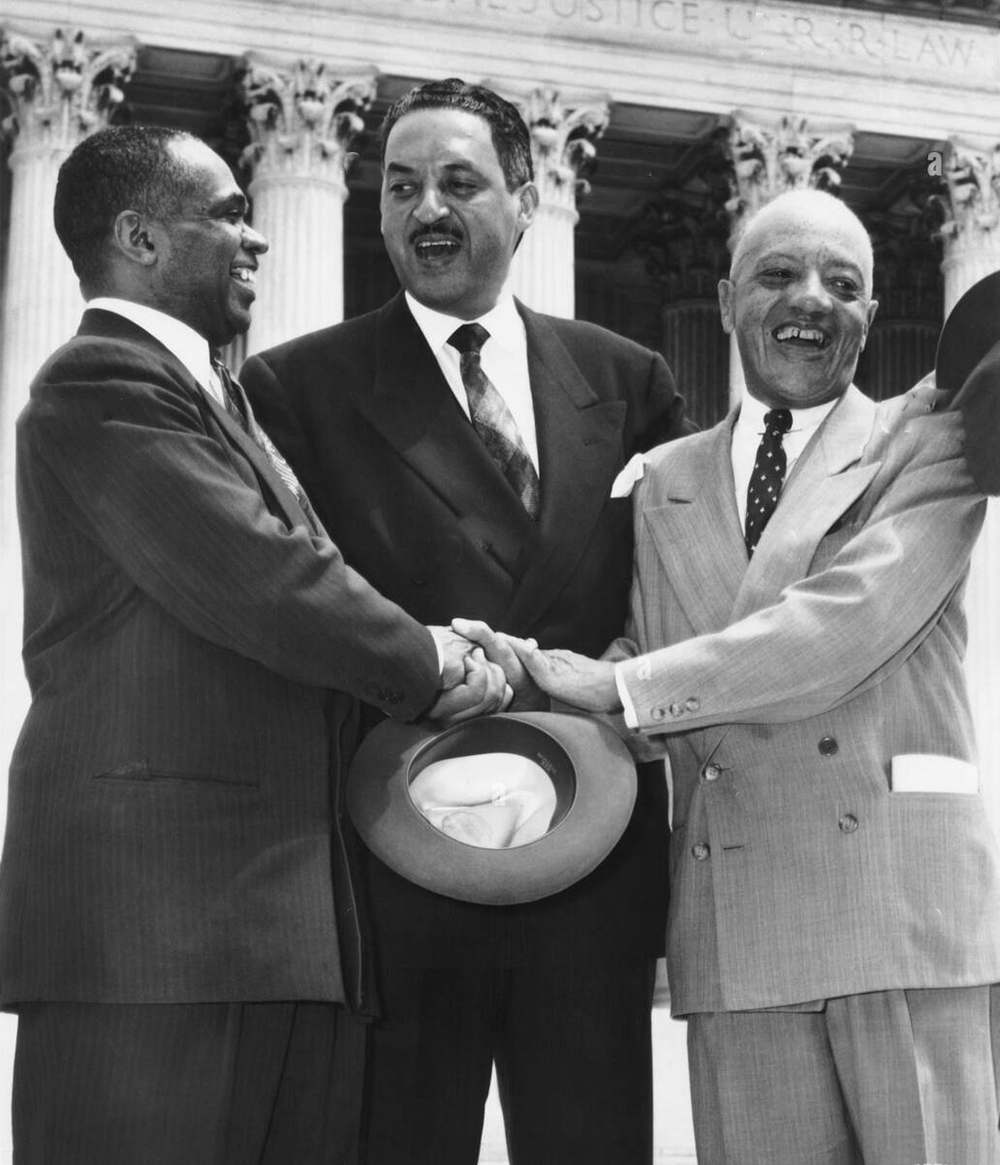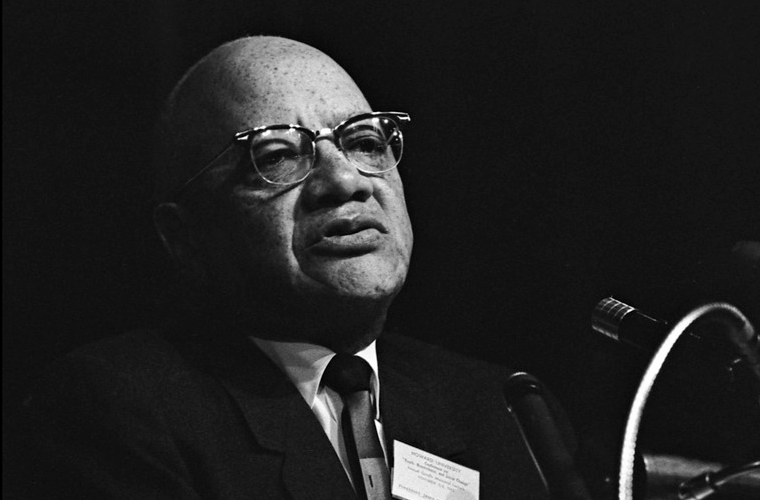James Madison Nabrit, Jr was born on September 7, 1900, in Atlanta, Georgia, to a Baptist minister and a baker. He was one of eight children, all of whom graduated from college and seven of whom earned advanced degrees. Nabrit followed his father’s footsteps and attended Morehouse College, where he graduated in 1923. He then pursued a law degree at Northwestern University, graduating in 1927.
Nabrit began his career as a lawyer and a teacher in Louisiana and Arkansas, before moving to Houston, Texas, in 1930. There, he established a successful law practice and became involved in civil rights cases. In 1936, he joined the faculty of Howard University Law School in Washington, D.C., where he created the first formal civil rights law course in the United States.

Nabrit soon became a prominent civil rights attorney, working with the NAACP Legal Defense and Educational Fund and collaborating with other lawyers such as Charles Hamilton Houston and Thurgood Marshall. He argued several landmark cases before the U.S. Supreme Court, including Lane v. Wilson (1939), which challenged the discriminatory voter registration system in Oklahoma; Terry v. Adams (1953), which secured the right of African Americans to participate in primary elections in Texas; and Bolling v. Sharpe (1954), which was a companion case of Brown v. Board of Education and declared racial segregation in public schools unconstitutional.
Nabrit also had a distinguished academic career at Howard University, serving as the dean of the law school from 1958 to 1960 and as the president of the university from 1960 to 1969. He was the first African American to hold both positions. Under his leadership, Howard University expanded its academic programs, increased its enrollment and faculty, improved its facilities, and enhanced its reputation as a leading institution for African American education.

In 1965, President Lyndon B. Johnson appointed Nabrit as the Deputy U.S. Ambassador to the United Nations, making him the first African American to hold this position. He represented the U.S. in various international forums and advocated for human rights and racial equality. He returned to Howard University in 1967, but faced student protests and criticism for his handling of disciplinary issues. He resigned as president in 1969 and retired from public life.
Nabrit died on December 27, 1997, at the age of 97. He was survived by his son, James Nabrit III, who also became a civil rights lawyer. Nabrit was a pioneer in the legal fight for civil rights and a trailblazer in higher education. He left behind a legacy of excellence, courage, and service that continues to inspire generations of lawyers, scholars, and activists.

